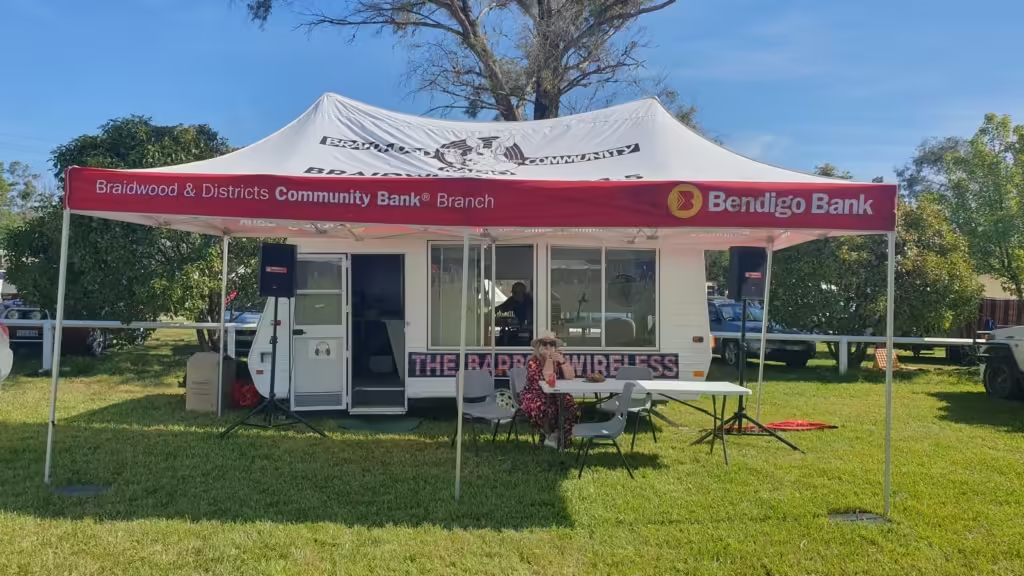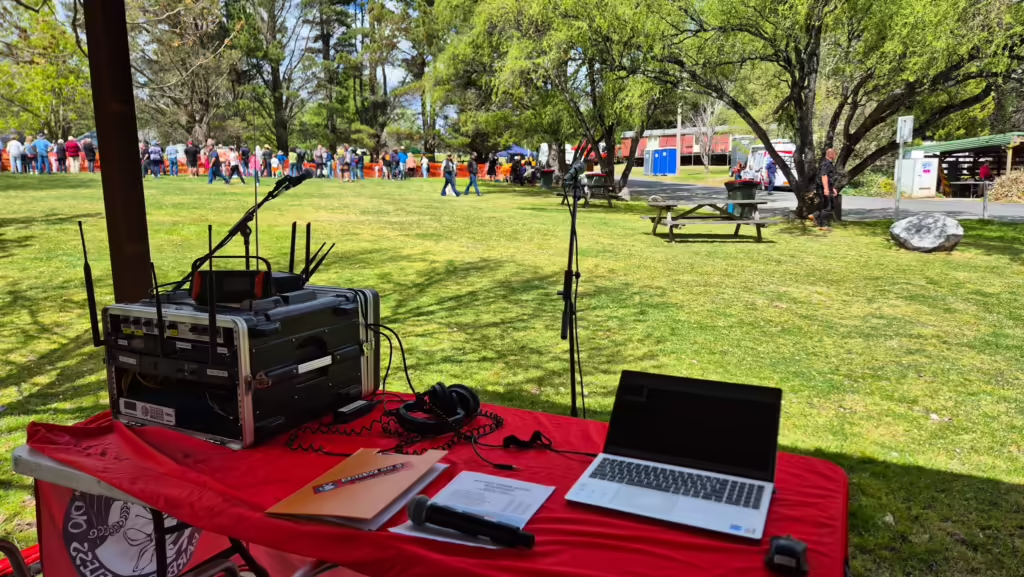Our Country On Fire: How this Braidwood podcast is finding hope in the ashes
Written by Gordon Waters on April 19, 2023

Filmmaker Clare Young was working in her studio in Braidwood when the Black Summer Bushfires arrived nearby. It was 2019 and Australia was just a few months shy of a global pandemic yet already grappling with a life-altering event.
Like everyone affected by the Black Summer fires, Clare struggled to grapple with this terrifying new normal—our country was on fire as it never had been before.
Texting with fellow filmmaker and Braidwood resident Rosie Ricketson, the pair began brainstorming ways this collective grief could somehow transform into hope. Then the idea of a podcast was raised by the Queanbeyan Palerang Regional Council (QPRC) Bushfire Recovery Centre.
“We came up with a whole bunch of ideas for events following fires to bring people together to talk about sustainability. But as soon as we started talking to the QPRC Bushfire Recovery Centre, they were like, ‘Oh, you girls are filmmakers, you should make a podcast,” explains Clare. “They just picked up on our passion and our energy.”
“I had never made a podcast before, but my background was in documentary directing and listening to people’s stories has always been something that I have loved. So, the opportunity to work with audio in this project was something I was really excited about.”
And so the Heart of The Storm Podcast was born—a six-part audio documentary series comprised of 200 raw and utterly compelling interviews with those at the helm of the Braidwood region’s Black Summer bushfires.
Beginning in Nerriga, NSW, each episode holds the same haunting quality. We hear the trucks, the ash-thick wind and the voice of the Fire chief who bravely alerts residents that the unimaginable is approaching, fear held back with a quiver.
But it’s the image of the Nerriga community sheltering at the town’s only pub that Clare felt compelled to capture, giving light to profound moments of kindness and generosity.
“We started with the Nerriga story because, personally, I found the idea that the community sheltered in his iconic Australian pub, where there’s no supermarket even in the area, only the pub, and the way the publicans took in their community with such love and sheltered them emotionally, as well as literally from the bushfire…such a powerful image.”
“There were little old ladies who were holding the babies of the publicans as the firestorm ripped through…it was just so moving and so beautiful.”
Clare and Rose explain that, from there, the rest of the episodes unravelled effortlessly, each voice finding an inspiring way to traverse between the playful and the painful, from the Braidwood Fire Chief who compares the collective action of 20 fire trucks to ‘Bombay Ballet’, to nearby Araluen where one man recounted his formidable determination to save his home, armed with only his hose.
As Clare explains, it’s in these moments that each story finds harmony.
“That first pilot just unfolded so naturally, there was a wonderful, organic process where one interview would lead to the next, and it just felt like a beautiful conversation between two people, as well as this storytelling of the collective,” she reflects.
“[It’s] what I would say is really at the heart of this series—the power in community. That transformative ability of what can happen when we come together and act with kindness for the greater good.”
Naturally, the series has been welcomed with open arms by Braidwood residents—in some cases, literally.
“After the pilot, one woman said, ‘Clare made me feel I wasn’t alone.’ And we all came together and listened to it, which was profound. Everybody was hugging each other and crying like, look what we got through.”
While raw storytelling is the heart of this podcast, what makes it so thought-provoking is its ability to peel back the layers of proverbial ash that so often conceal the underlying issue affecting the severity of future bushfire seasons: climate change.
For Clare and Rose, it’s something they were determined not to shy away from, using their platform to offer unified solutions in the hope that one day, these filmmakers can tell a different story of Australian summers. Where red skies, smoke-filled lungs, rare firestorms and a constant undercurrent of fear is a ‘new normal’, we no longer have to accept.
“Episode five and episode six are probably the stories that are closest to my heart,” says Clare. “Because they’re really looking at our relationship with the land and where we will go in the future, which is one of the most beautiful things to come from this. This acknowledgement that as a community and as a society, we need to do better in the way that we interact and care with our landscape.”
“We also wanted to make sure that we as a community remembered not only how hard it was, but how we can put differences aside and come together,” adds Rose.
“That is what is going to get us through anything. The weight of climate disaster isn’t on our shoulders alone, our communities can pull together and get through anything.”





 Braidwood FM
Braidwood FM